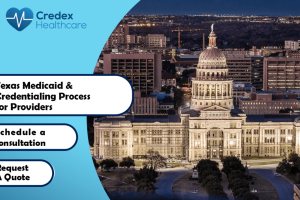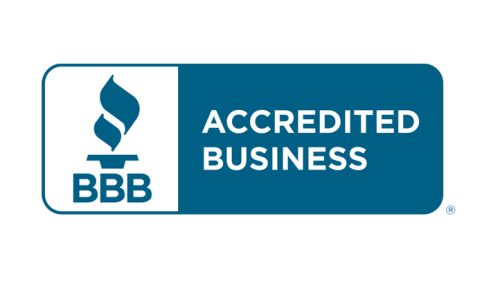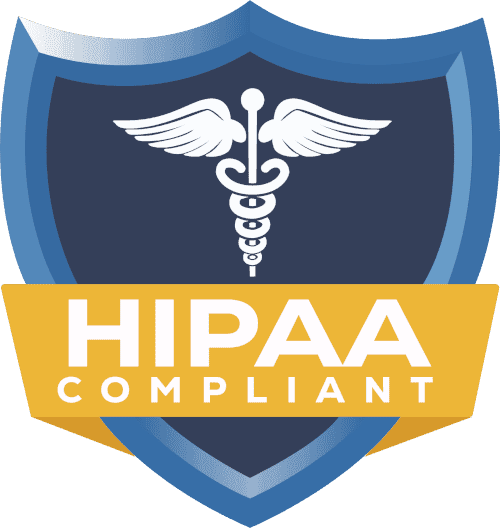Hidden Costs of Physician Credentialing You Should Know

Provider credentialing is an essential aspect to ensure regulatory compliance, patient safety, and timely provider reimbursement in the complex world of healthcare administration. However, many practices overlook the hidden cost associated with credentialing physicians. We will discuss how these unexpected charges might have a significant impact on your budget and create delays in many tasks. In this blog, we will explore the topic at hand in detail: Hidden Costs of Physician Credentialing You Should Know. It will help you make a wise decision while taking some crucial steps.
Introduction to Hidden Fees in Credentialing
Credentialing may seem like an effortless task, but there are certain hidden costs related to it. Moreover, there are many hurdles to overcome in the credentialing and enrollment process. It also takes a long time to fill out the paperwork, and there are delays when applications are lost or healthcare professionals can’t get in touch with insurance companies. If you know where these charges come from, though, you can help your business stay financially stable and run efficiently. Additionally, medical credentialing might look easy, but it’s a complicated process with many steps that can lead to unexpected fees.
Therefore, these costs stack up over the complete process, not just the application. Healthcare administrators who don’t consider these charges when employing new doctors often have to pay physician onboarding expenses and hidden credentialing charges. Also, the unexpected credentialing fees can amount to hundreds or even thousands of dollars for each doctor.
The provider credentialing landscape is more difficult in 2025. Costs could go up because of new restrictions. It is essential to implement more effective methods for verifying credentials and to stay informed about evolving technological standards. When businesses are aware of these hidden credentialing expenses from the beginning, they can manage their finances more effectively and ensure smooth operations.
Hidden Costs of Physician Credentialing You Should Know
Companies often find out about these Hidden Costs of Physician Credentialing You Should Know.
- Application costs: Many insurance panels impose non-refundable application fees per service.
- Costs for Checking a License by State: Some states charge fees to verify licenses and certifications.
- Background Checks: The prices can increase if you complete background checks and searches in the NPDB (National Practitioner Data Bank).
- Preparing Documents: If your personnel aren’t very experienced, you may need legal or administrative aid to get the paperwork ready.
- Mailing and notarization fees: These modest but often overlooked tasks can also build up to substantial physician onboarding expenses over time.
Fees Related to Re-Credentialing and Delays:
It’s not enough to merely receive credentials once; they need to be kept up-to-date and updated regularly. Therefore, it can cost money to obtain new credentials:
- Late Re-Credentialing Penalties: A provider may not be able to get paid back for a short time if they miss the deadline for renewing their credentials.
- Lost Revenue from Delays: Companies can’t bill for services if the credentialing process takes too long, which has a huge impact on cash flow.
- Expedited Processing Fees: Practices might pay more to receive permits faster by getting them processed faster.
Impact of Credentialing Errors on Cost
Credentialing errors may cause a slight increase in the overall cost. Besides, it mainly affects the following.
- Error Correction Fees:
When there are problems with credentialing documents, they typically need to be re-verified, which can result in additional credentialing fees to repair. It can cost between $500 – $1000 for mismatched names or dates. Mistakes that are more complex to fix may cost a lot more when it comes to verification or training experience.
- Legal and Compliance Cost:
If you make mistakes with your credentials that cause compliance problems or break the law, you could end up paying a lot in legal expenses. Organizations can spend tens of thousands of dollars on healthcare lawyers, regulatory fines, or putting in place measures to fix problems.
- Audits, reviews, and expenses:
Companies typically have to have their credentialing systems checked when they find problems in them. Depending on how big and complicated the audit is, these in-depth examinations can cost between $20,000 – $100,000, plus the costs of enacting the modifications that were advised.
- Reputation Management Cost:
If someone makes the problems in credentialing public, it damages the provider’s reputation and costs more to pay for public relations and image management. These physician onboarding expenses are challenging to manage. It may cost legal fees, communication consultants, and lost sales because of frequent negative images.
How to Avoid Credentialing Hidden Charges?
With careful planning and budgeting, providers can avoid hidden credentialing charges related to anything. Hence, by adopting some proactive strategies, providers can also protect themselves from hidden charges.
- Comprehensive Budget Planning
Make precise budgets for credentialing that include 20–30% more money for emergencies than you think you’ll need to pay for directly. Likewise, think about the delays, modifications, and things you didn’t expect that could happen when you are getting your credentials. Make separate budget categories for getting credentials for the first time, getting credentials again, and emergencies.
- Technology Investment:
Credentialing management software can help you save money in the long run by keeping track of due dates, making things more accurate, and taking care of everyday duties. The price may appear costly at first, but these systems usually pay for themselves in 12 – 18 months by making things operate more smoothly and cutting mistakes.
- Vendor Relationship Management:
Make sure that your contracts with the credentialing services company include all possible fees. Talk to a few doctors about gaining volume discounts, and be sure that contracts have limits on how much you may charge for popular treatments. You might uncover ways to save money by regularly checking providers.
- Process Standardization:
To cut down on mistakes and incomplete applications, make credentialing checklists and processes the same for everyone. Make sure your team knows all the requirements for credentials, and keep accurate records of all you do. Regular process reviews can discover areas that need work before they turn into significant, costly problems.
- Early Planning and Timeline Management:
Start the licensing process well in advance of the date you want to prevent having to pay extra for speedier processing. You must keep yourself in touch with the concerned people in the credentialing process so you can track the problem easily and follow up on that.
- Regular Monitoring and Tracking:
Make sure you have a technique to keep track of all the money you spend on credentials, and look for patterns in when you go over budget. Organizations might find methods to save money and plan for future costs by regularly reporting on the costs of certification.
Final Thoughts:
If you don’t manage your budget wisely, the hidden credentialing charges of certifying doctors might progressively erode financial resources. With thoughtful planning and trustworthy partners, practices can minimize credentialing costs and maintain compliance. To avoid problems, you have to think wisely and choose the best service providers. Hence, Credex Healthcare makes it easy to get your credentials and helps you stay in compliance. When it comes to credential costs, you need to plan. Moreover, spending on the right tools and methods will always keep you compliant. Planned credentialing management helps companies find and keep top physicians in the healthcare competitive market.
FAQs:
What are the hidden fees in medical credentialing?
Hidden fees in medical credentialing include application costs, background checks, mailing charges, document notarization, and third-party verifications.
How do credentialing delays increase cost?
Delays can cost you money because you lose cash, and your claims are denied. Moreover, you will have to do parts of the process again, which all adds to the total cost.
Can technology reduce hidden expenses?
Yes, credentialing software and automation tools can cut down on mistakes made by hand. Therefore, it keeps you from missing deadlines and lowers the cost of running your business.



















